In this fast-evolving age of internet, increasing risks of cyberbullying, identity theft, misinformation, phishing scams, and data privacy concerns are now everyday realities. Digital Literacy in 2025 has seen us more connected than before through the internet be it via social media, cloud platforms, smart devices or AI tools, exposing us to the above – mentioned risks.
As a result, to ensure safe navigation of this complex digital landscape, digital literacy has become the need of the hour, and e-learning has emerged as the most powerful tool to build and spread this vital knowledge.
So, what is digital literacy? Digital literacy is not about how to use smart devices or tools, but learning the ability to understand online content in depth, protect out personal data, recognise threats and do online communication with respect. In today’s world, lack of digital literacy can result in becoming a victim of digital frauds or even unintentionally spreading fake news.
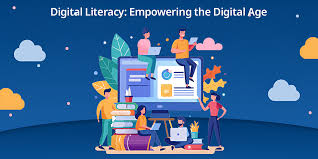
E learning is the new age classroom for online safety. E learning is flexible, accessible and scalable and the best medium to learn how to protect yourself as well as others in this digital space. With its anytime anywhere reach through smart phones, e learning platforms can educate people about safe digital practices across the globe and in the remotest areas too.
Further, online content can be updated in real-time to include latest threats and safety protocols. This ensures that learners are always equipped with the most current knowledge.
Areas where E learning improves online safety:
- Recognizing Misinformation
With AI-generated content becoming more convincing, misinformation spreads faster than ever. E-learning modules can train users to identify red flags, verify sources, and think critically before sharing content.
- Understanding Privacy Settings and Data Protection
Many people unknowingly expose sensitive/personal information online. E-learning helps users understand privacy settings on social media, recognise phishing emails, and create strong, unique passwords. - Cyberbullying Awareness and Digital Etiquette
For students especially, learning about cyberbullying and respectful communication is necessary. E-learning programs often include role-playing scenarios and interactive stories to help users grasp the emotional and legal consequences of their online behaviour. - Secure Use of AI Tools and Apps
As AI becomes more embedded in our digital lives, e-learning ensures users understand how to use these tools responsibly and protect themselves from unethical AI generated content.
To conclude, in 2025, e learning stands out as the most efficient, inclusive, and dynamic way to equip individuals with the tools they need to stay safe online in the ever-evolving digital environment. By investing in digital literacy through e-learning, we’re not just protecting ourselves—we’re building a safer, smarter digital future for everyone.

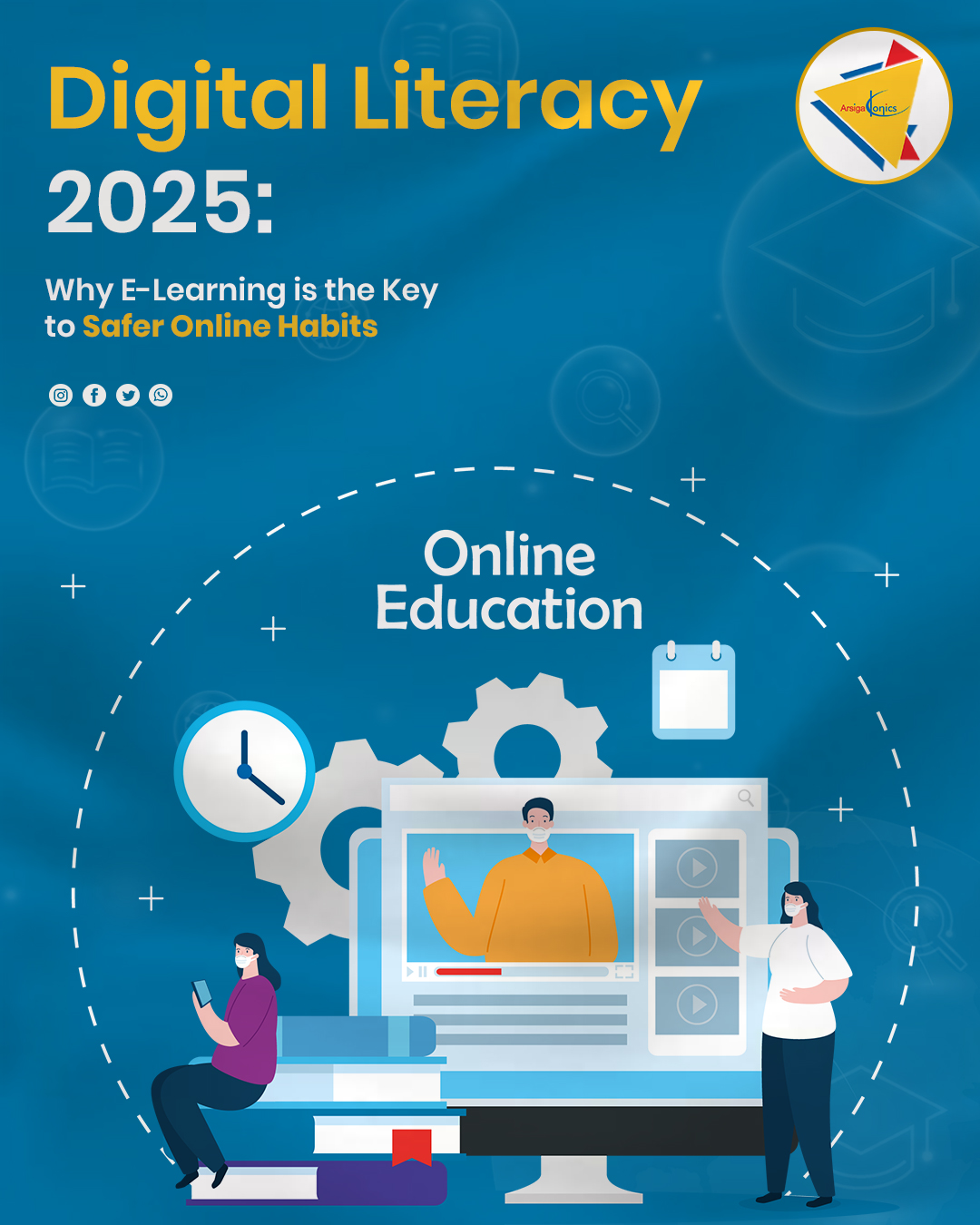
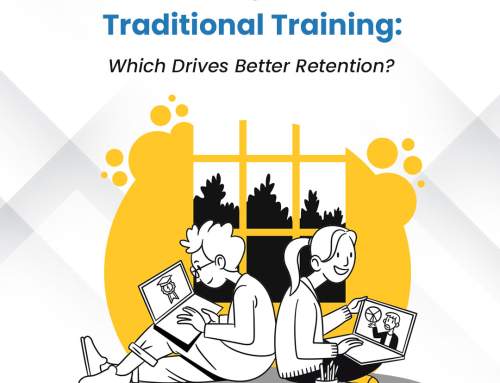
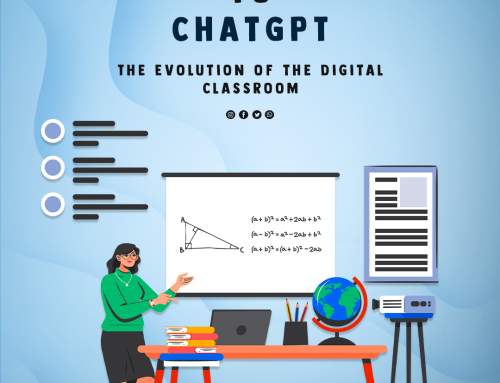
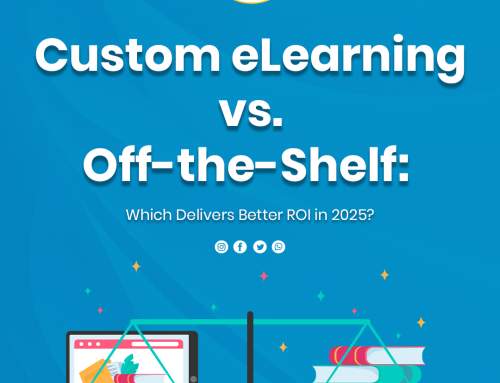

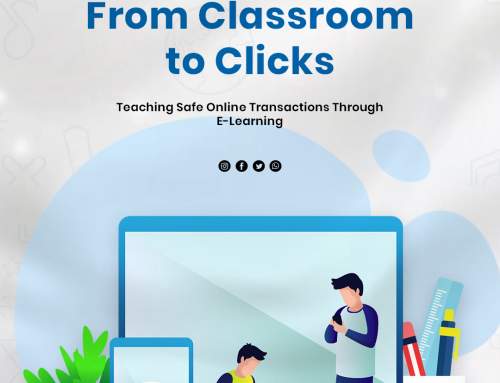
Leave A Comment